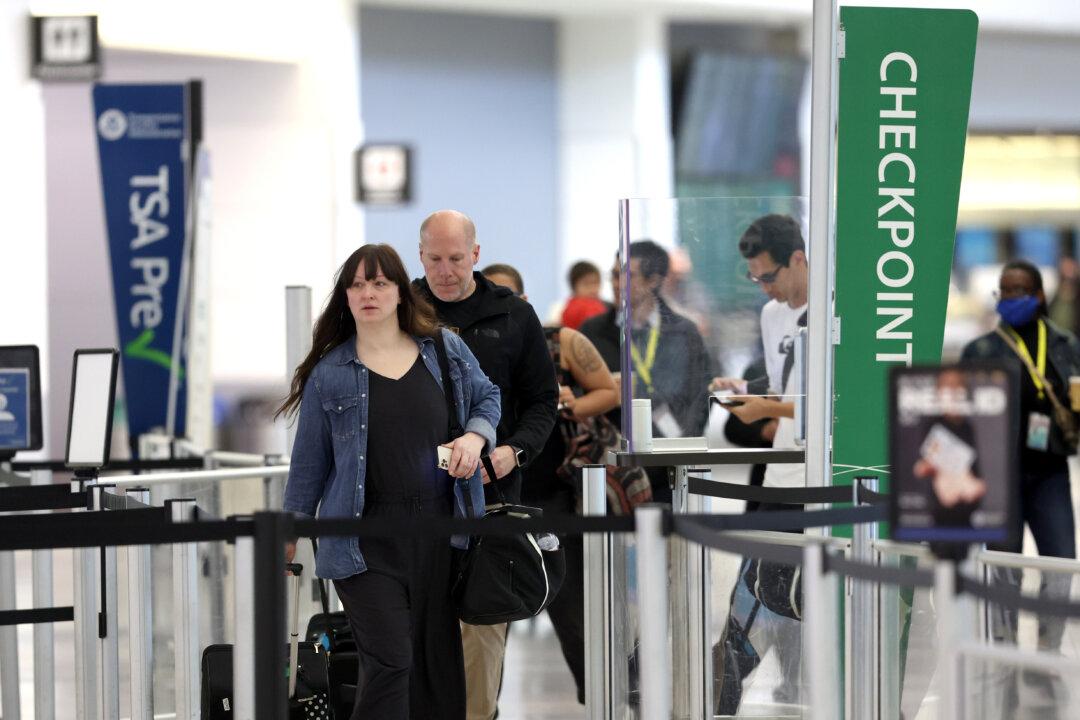Commentary
There’s a great migration underway from blue America to red America, from Democratic-controlled states such as New York and California to Republican-controlled states such as Texas and Florida. I should know. I lived from 2000 to 2017 in Southern California, before leaving the state for Texas, where I live now.





